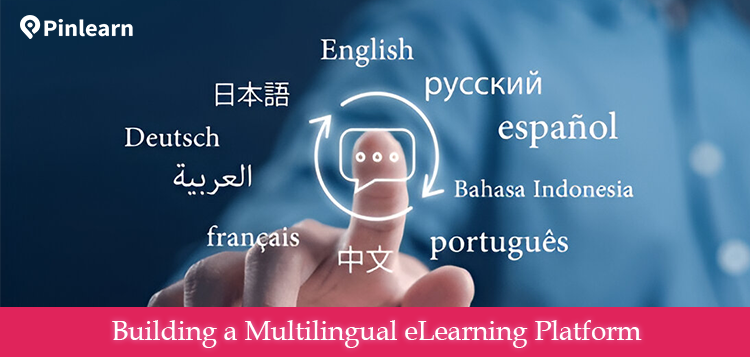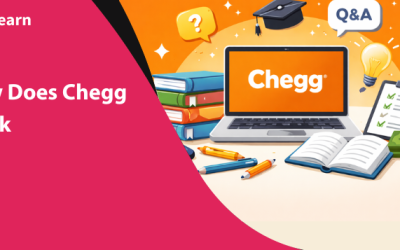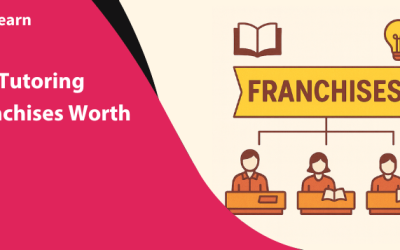Building a Multilingual eLearning Platform: What to Know
Learning has been effacing barriers and transforming lives from the time we know it. Online learning has made education accessible across the globe, even in remote regions. With globalization and technological advancements, the need to push geographical boundaries is more important than ever.
Hence, more businesses are looking for multilingual support to scale new markets and languages. But managing translation & localization challenges needs expertise. You need both linguistic and technical expertise.
In this comprehensive guide, you’ll learn everything about building a multilingual e-learning platform. Starting from understanding what a multilingual e-learning platform is to the steps to build one, we have covered it all!
Let’s embrace this linguistic journey and unlock the true potential of your business!
What is a Multilingual E-Learning Platform?
A multilingual platform is an e-learning tool or LMS that supports multiple languages and delivers educational content across the globe. It helps organizations to scale operations in international markets and linguistic groups.
When you overcome the language barriers, your content is accessible to all. Most people are comfortable learning in their own languages. When the e-learning content is available to users in their native language, they understand it better. Further, it drives their engagement, productivity and improves their outcome.
What are the Benefits of a MultiLingual Learning Platform?
Whether you’re building a LMS for training your employees around the world or a multilingual course marketplace, it benefits the individual learners, employees and organizations alike.
Let’s look at the benefits of building a multilingual learning platform!
-
Enhances Global Reach
A multilingual learning platform makes educational content accessible across different regions, languages and cultures. For example, your organization is looking to expand its operations and hire employees from new regions. Then, building a multilingual LMS can help with training and onboarding these new recruits.
-
Improves Learning Experience
Most people prefer learning in their own language. This ensures they understand the content better. Also, this means adapting examples & perspectives to fit your linguistic or cultural preferences.
-
Ensures Compliance
The legal requirements and regulations are specific to countries and regions. Creating a multilingual website ensures region-specific compliance and avoids any legal penalties.
-
Competitive Edge
When you’re committed to linguistic diversity and cultural preferences, it promotes employee growth and retains top talent.
-
Revenue Growth
Focusing on the long-term growth of your employees encourages the growth of your organization as a whole.
How to Build a Multilingual E-Learning Platform: 7 Key Steps
Building a multilingual e-learning platform involves a clear strategy and development process. From localized user interfaces to cultural adaptation, you need to look into multiple aspects.
Here’s an 7-step guide on how to build a multilingual e-learning platform:
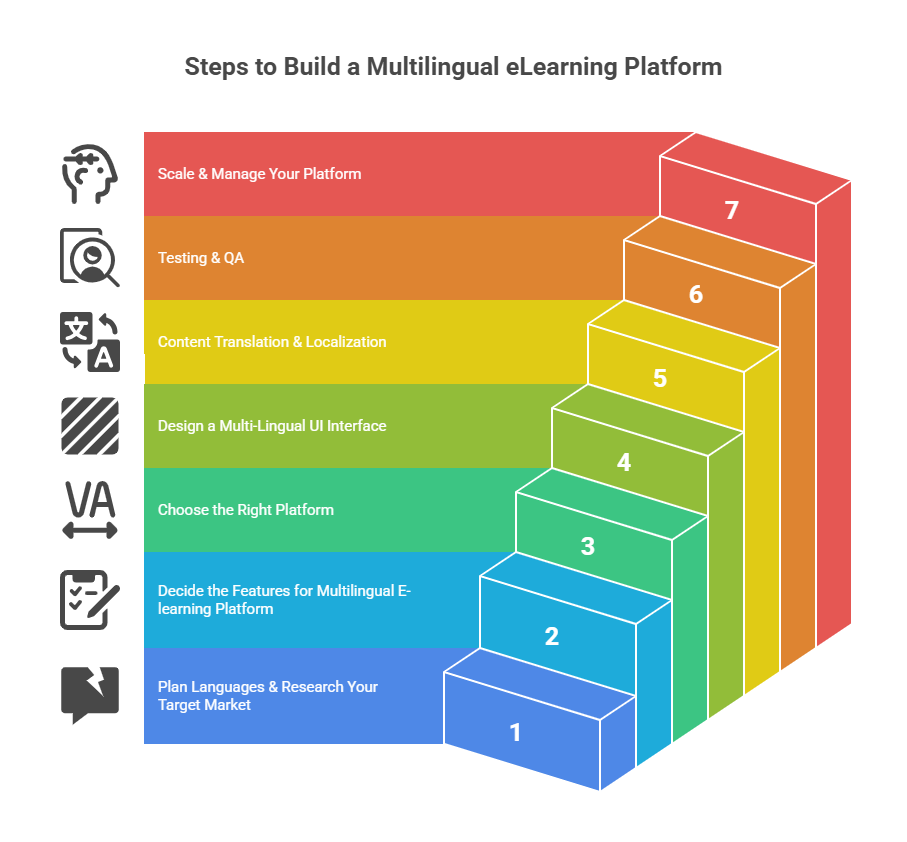
Step 1: Plan Languages & Research Your Target Market
You have got your million-dollar business idea, now it’s time you define the scope of your platform.
Identify the languages and countries you plan to scale your e-learning platform. If your main language is English, think about which other languages your audience learn and speak.
Here you might prioritize some languages over others based on the learner’s needs, expectations, and preferences.
Think about your target audience and what they need. Use surveys,interviews, or analytics to determine the most relevant and in-demand languages. Create detailed personas based on age, learning style, hobbies, cultural sensitivity, interests, etc.
Some language options would help you to scale quickly into specific markets and regions.
Step 2: Decide the Features for Multilingual E-learning Platform
Like any other platform, the success of your e-learning platform depends on its features and functionalities. Think about the platform architecture. A typical multilingual learning platform includes localization & internationalization, a database and a transaction workflow.
Key Features for a multilingual e-learning platform:
- Robust Language Support
It is the most integral feature of a multilingual platform, where your platform supports multiple languages. Your platform must be able to translate course content, dashboards, navigation, and even help sections.
- Easy Language Toggling
Make sure your platform has an easy language toggling option, usually shown with the flag symbol. When users select a specific language, the website translates to that language without logging out or restarting the session.
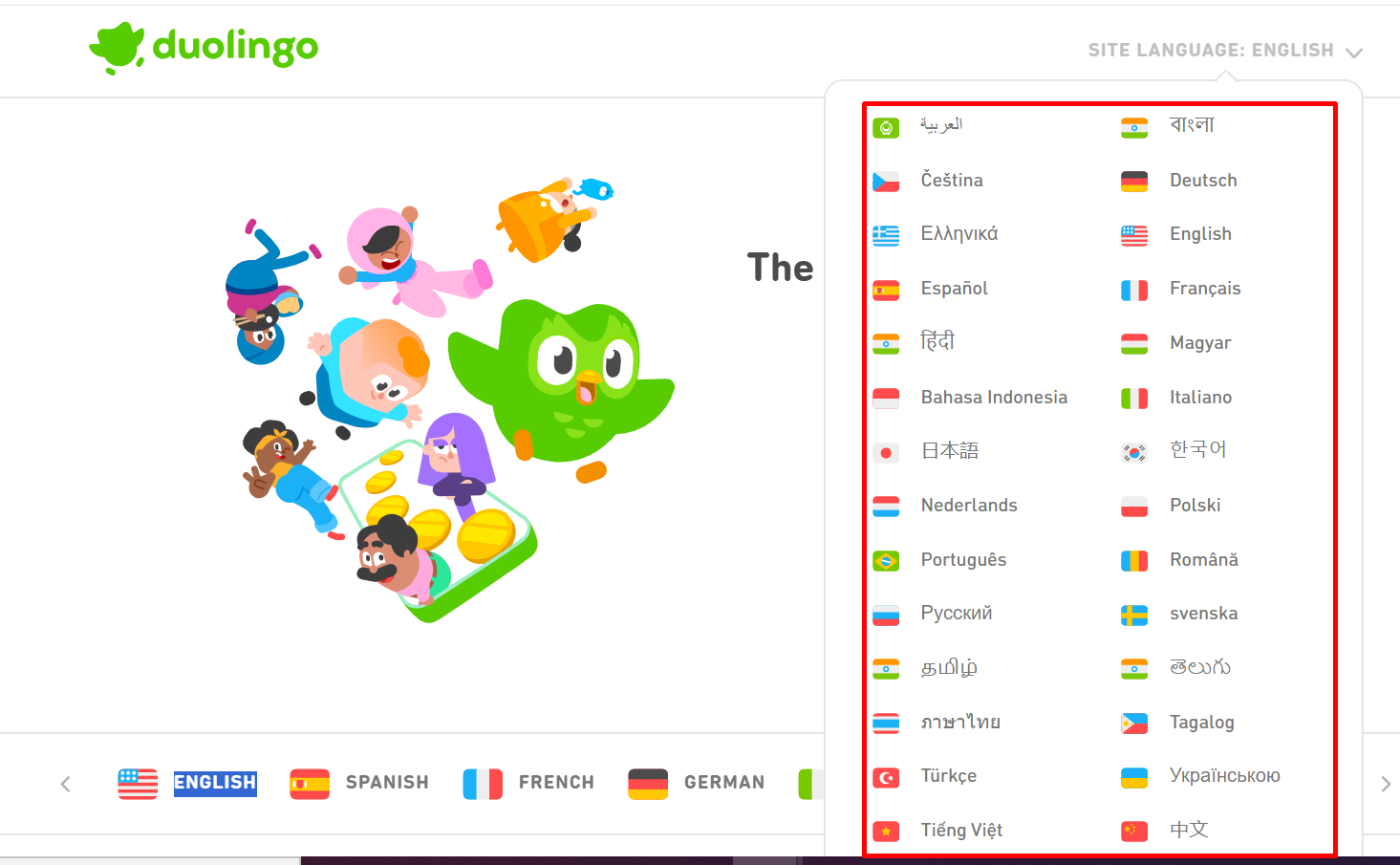
- Multilingual Course Authoring
Creating multilingual content extends beyond mere translation. You need to adapt the courses to cultural and regional settings. That’s where course authoring comes in!
- Localized Media Support
The platform or LMS should support visuals, graphics, subtitles, voiceovers (dubbing), and scripts specific to a region.
- Mobile Compatibility
Nowadays, most learners access websites through their smartphones. Hence, ensure your platform is mobile-optimized for a seamless user experience. Also, provide offline access or downloadable content for continuous learning.
- Easy & Consistent Navigation
Navigation is a core aspect of your multilingual platform. Ensure the menus, dropdowns, and action buttons are automatically optimised to fit the content.
- Region-specific Compliance
Compliance involves legal translation, terminology consistency, and adherence to regional laws.
These features ensure learners get personalized learning experiences based on their language and culture.
Technical Features:
- CMS Multilingual Support
You need a multilingual CMS like WordPress, Drupal, and Polylang that offer multilingual support.
- Integrated Translation Management
Language translation is a core aspect of your multilingual platform. Choose either a translation management system (TMS) or machine translation (e.g., Google Translate, DeepL) as the behind-the-scenes technology.
- Translation Memory
For advanced translation, integrate a translation memory (TM) into your website. It is a database that stores previously translated phrases to speed up translation.
- Multilingual Customer Support
Along with educational content, your platform should offer multilingual customer support, FAQs, and help centers.
- Analytics and Reporting
Comprehensive analytics helps to make data-driven decisions, improve outcomes, and productivity. Ensure your platform provides language-specific reports, dashboards, and filtering options. Employee training course progress, learner performance, and user engagement are relevant metrics for an e-learning platform.
These features provide a robust technical infrastructure for your multilingual e-learning platform.
Step 3: Choose the Right Platform
The success of your multilingual platform depends on laying the foundation correctly. The right platform balances language support, technical complexity, UI optimization and fits your budget.
Here are some powerful options to build your multilingual platform:
-
Ready-made E-learning Scripts like Pinlearn
With proven industry expertise, Pinlearn is a robust choice tailored to your multilingual needs. You can quickly build a self-hosted e-learning platform within a few weeks minus any development and design skills. The core script provides multilingual support, allowing your e-learning website to be translated into any language that suits your business needs.
For advanced translations, we offer these dynamic add-ons:
💫Get Inspired: See how Esaboura built an online tutoring marketplace exclusively in Arabic, under our expert guidance.
-
LMS
Open-source LMSs, such as Moodle and Open edX, offer native multilingual support for large-scale e-learning platforms. However, the downsides are complex UI and customization for modern business needs.
-
Cloud-based LMS
If you’re looking for cloud-based solutions, a Saas LMS like Thinkific and Teachable are great options. For corporate training, Docebo and Talent LMS offer enterprise support. But, these LMS offer limited customization and are expensive.
-
Website Builders + LMS Plugin
Another flexible option is using a website builder like WordPress with a Polylang plugin. It is easy to set up and offers a simplified translation workflow. However, you need robust hosting and this option is limited to WordPress users.
Step 4: Design a Multi-Lingual UI Interface
User experience is a core part of multilingual platforms. But, few languages have unique navigation preferences. For example, Arabic and Farsi need right-to-left language support.
Font & character support is another aspect to consider for multilingual platforms. Ensure your platform has full UTF-8 support for all languages.
Web accessibility is another aspect that matters. You need to ensure each page of your multilingual website follows WCAG (Web Content Accessibility Guidelines).
Translation makes your platform accessible to a broader audience. Ensure it is also accessible to people with disabilities like low-vision (using screen readers), auditory impairment, etc.
Use clear headings, spell out acronyms, and avoid jargon & idioms to make your platform accessible. This ensures an inclusive learning experience for all users.
Step 5: Content Translation & Localization
While we have covered translation & localization in the feature section. Being the core aspect of multilingual e-learning platforms, we thought it needs a separate section.
Language translation & localization are two aspects involved here.
So, how will you translate your platform content? Well, there are a few ways to translate your content.
-
Manual Translation
Professional translation involves collaborating with language experts to translate every section.
-
Machine Translation
If you can’t invest in manual translation, machine translation could be a quick fix. Tools like Google Translate (Cloud Translation API), Microsoft Translate and DeepL are a few options here. It is great for quick translation where you need to translate large volumes of text. But, it lacks accuracy and needs to be reviewed and proofread for grammatical errors and cultural nuances.

-
Hybrid (Machine translation + Human Post-Editing)
When you need quality and scalability, a combination of both methods works. For instance, AI will create the first draft, and human translators can refine it later.
-
Translation Management Systems (TMS)
Need a centralized software to streamline workflows? Translation Management Systems like Smartling, Phrase, and Lokalise are a few softwares you can think of integrating.
-
Multimedia Translation & Localization
For course websites, consider adding subtitles & captions, voiceovers, & cultural visuals/graphics.
Step 6: Testing & QA
Once you have built your multilingual e-learning platform, you can’t skip testing & QA. So, basically, you need to ensure all the functions of the multilingual platform are functioning properly. It ensures your platform meets the cultural and regional needs of your target audience.
Consider the following testing techniques:
-
Localization & Internationalization Testing
Test your platform’s interface and content for different languages and ensure the translation is proper.
-
Functional Testing
Check if all the functionalities, like language switching, translation workflows, and the UI interface, are functioning properly.
-
User Testing
Collaborate with native learners from different regions to check if the platform works similarly for different languages. Check all the interactions for cultural appropriateness, accuracy, and proper functionality.
Step 7: Scale & Manage Your Platform
Like any other platform, your job isn’t done with platform development and launch! Continuous monitoring & analysis is part of the process.
Track the key metrics to ensure long-term growth of your platform. This ensures your platform resonates with your audience and meets your financial goals.
Key Metrics for Multilingual Platform:
- Total Reach
- Engagement/ Language Adoption Rate
- Conversions (Purchase, registrations, downloads, subscriptions)
- Retention Rate
- Satisfaction Rate
- Revenue & Churn Rate
Once you know the metrics, wield the right tools to efficiently track them. Analytics, user feedback, and surveys are powerful tools to optimize your platform’s performance.
Regularly monitor the learner behaviour and engagement for each language. Convert the insights into actionable steps to improve your platform performance.
Challenges to Building a Multilingual Platform
Let’s take a look at the common challenges of multilingual support and effective ways to overcome them!
-
Ensure Consistency & Accuracy
Whether you are supporting two or six languages, delivering a common message in all the languages is challenging! Each language is unique, given the variations in terminology, tone and writing style. Although Google Translate & third-party translation services are available, human review post-integration is essential.
-
Cultural Sensitivity
Localization involves adapting to the learner’s preferences and cultural sensitivities. For example, the “OK” sign indicates approval in Europe and the US, but is offensive in France, Brazil, and Germany.
-
UI Interface & Navigational Challenges
Right-to-left languages, such as Modern Arabic or Farsi, require significant changes in the UI layout. Font compatibility, optimized action buttons, and switching the entire site layout could be a nightmare if not implemented properly!
-
Providing Customer Support
If you lack fluency in multiple languages, scaling your chat support across multiple languages is tedious. Additionally, investing in the right tools and allocating resources can significantly reduce your development costs.
Conclusion
Building a multilingual platform is not just about translation; it’s about defining an inclusive and comprehensive learning experience. You need to focus on language support, localization, compliance, segmentation & accurate delivery.
The platform you choose has a detrimental role in the process. We outlined the key steps & pulled in a comparison of different options. Want more guidance? We are here to help you! Schedule a 15-minute free call with our team; we’ll be glad to be a part of your journey!
FAQ-Related to Building a Multilingual E-Learning Platform
1. Why should I build a multilingual platform?
Building a multilingual platform has several advantages. Increased global reach, improved engagement & learner experience, and accessibility are some of the key reasons for building a multilingual platform.
2. How do I handle course videos in multiple languages?
To offer course videos in multiple languages, utilize subtitles, voiceovers, captioning, and culturally relevant graphics/visuals.
3. What’s the difference between translation and localization?
While translation involves a word-for-word conversion of text, localization is a more nuanced form of language adaptation. Here, you need to adapt educational content to the cultural and linguistic nuances of your audience. This involves UI, examples, dates and times, currencies, and graphics/visuals.

